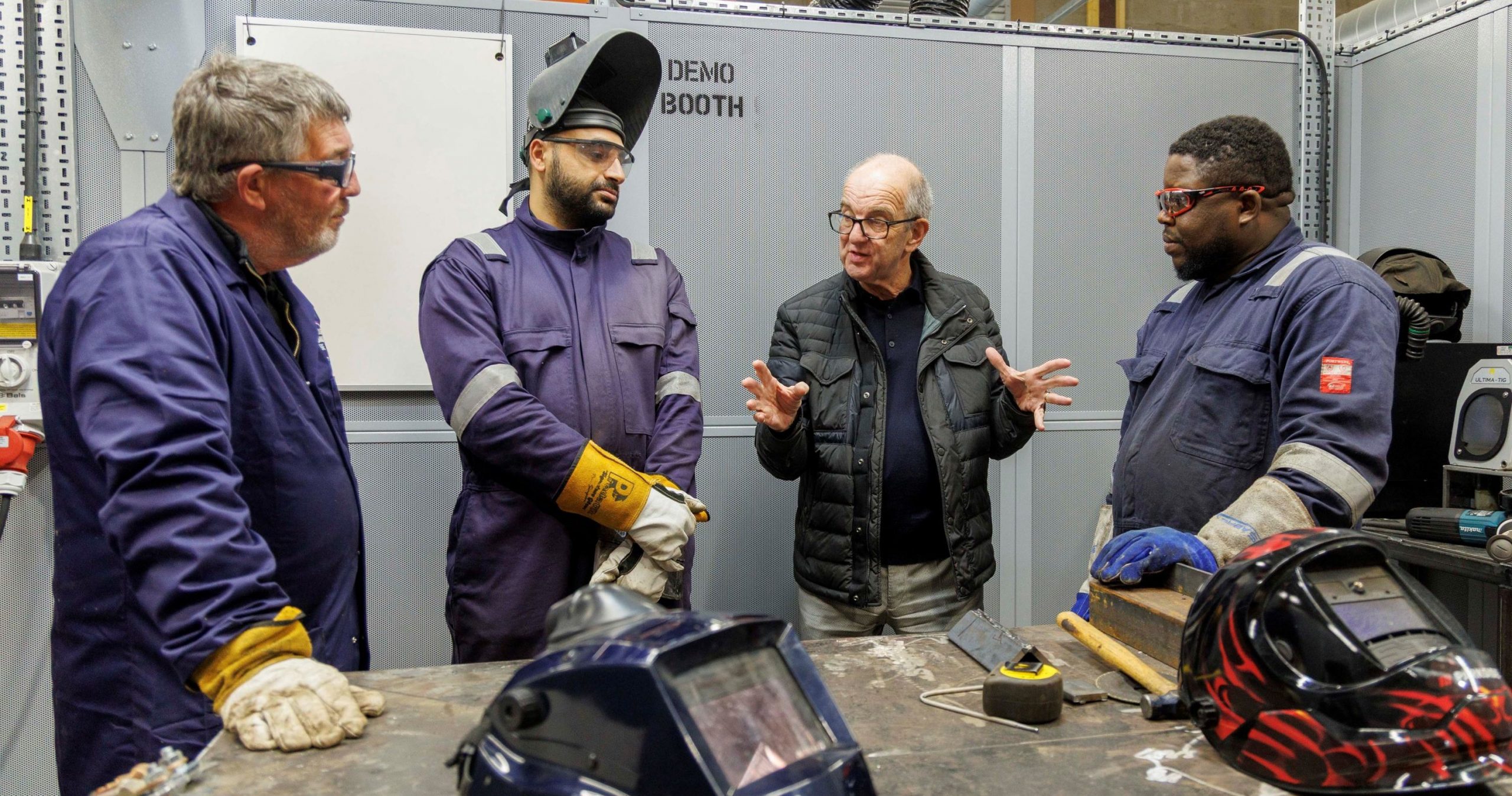
Regional trends across the UK’s engineering construction industry point to common challenges for employers around workforce demographics that must be addressed to meet the Government’s net zero targets, according to a new report published by the ECITB.
Analysis of data provided by ECITB-registered companies as part of the Government skills body’s Workforce Census offers a detailed snapshot of the engineering construction industry (ECI) workforce by region and reveals the key challenges facing industry at this critical time. Feedback provided by 153 ECI companies, which represent some 45,351 workers across 1,360 locations, points to a sector in recovery and set to exceed its pre-Covid headcount by 2023. But a consistent national trend suggests future labour shortages could result from the industry’s ageing workforce and recruitment difficulties reported by many employers.
The full report is now available to download. Here’s what it says about each region:
Scotland has the highest share of workers below 40 (44%) and the lowest share above 60 (8%) in the UK. Chiefly operating in oil and gas (52%) and nuclear (31%) industries, Scotland is home to 22% of the ECI’s workforce, with Scottish-based companies employing a further 10 % of ECI workers who are based offshore. Scotland has the highest proportion of female employees working in the ECI (23%). While the workforce demographics look positive, Scotland still faces significant challenges ahead ranging from recruitment difficulties to reskilling workers for roles in the new net zero industries.
Almost a third of the workforce (30%) work in Northern England, where the nuclear sector is the predominant employer (51%) followed by the oil and gas and chemical sectors (15% and 12% respectively). Workforce demographics in the North West of the region show a younger workforce than the national average, with more employees under 30, but also a higher proportion of over 60s than other regions. This mixed picture might account for the small workforce growth forecast by companies, with a 4% increase anticipated from 2021 to 2023.
Companies based in Wales – which employ 2% of the ECI workforce – reported greater stability in their workforce numbers than other regions despite the impact of the pandemic on their operations. Companies in Wales are usually small and medium-sized enterprises. More than a third of workers are employed in steel mills (39%), with paper mills and the cement and bricks sectors also key industries along with the oil and gas, and food and drink sectors. Nearly half of the ECI workforce in Wales is above 50, which means there is a clear need to attract new employees in the coming years.
The Midlands and East of England is home to 8% of the ECI workforce with most businesses located between Birmingham, Leicester and Nottingham, or on the East Coast. Supply chain companies here service a diverse range of ECI sectors, including renewables, food and drink, and conventional power generation sectors as well as nuclear and oil and gas. Forecasts from employers on the future outlook paint a picture of a shrinking ECI workforce in this part of the UK with the headcount predicted to be 3% down on 2019 levels in 2023.
Southern England – home to 24% of the industry – has been the most severely impacted by the Covid-19 pandemic with employers forecasting headcount in 2023 to be only 88% of its 2019 levels. Nuclear is the largest sector (42%) in the South, with 93% of the workforce in the South West concentrated around Hinkley Point C, followed by oil and gas, which employs 23% of the workforce. Workforce demographics in the Southern region present a more stable picture than other regions, with nearly one-third of the workforce between 40 and 49 years old.
Chris Claydon, Chief Executive of the ECITB, said: “As the employer-led skills body for the engineering construction industry across Great Britain, it is vital for the ECITB to understand the nuances of our industry in each region to best support the skills needs of our companies both now and in the future.
“These insights will help greatly in our discussions with government and provide the evidence base to underpin our new strategy for 2023-25 set to be launched this year.
“I’m pleased to report that findings from the Workforce Census suggests our industry is on course for a full recovery, exceeding the pre-coronavirus headcount, by 2023. However, it also illustrates the profound impact the Covid-19 pandemic has had on workforce numbers. We know that the rate of workforce growth will need to increase if we are to meet the demands of the energy transition, and this recovery must continue to accelerate if we are to avoid skills shortages and gaps that could have knock-on effects for our net zero targets.”

Conducted in Spring 2021, the Workforce Census asked engineering construction industry (ECI) employers to provide information about their workforce numbers, locations and roles. Data collected included demographic information and asked for views on workforce growth, Net Zero, Covid-19 and Brexit.





